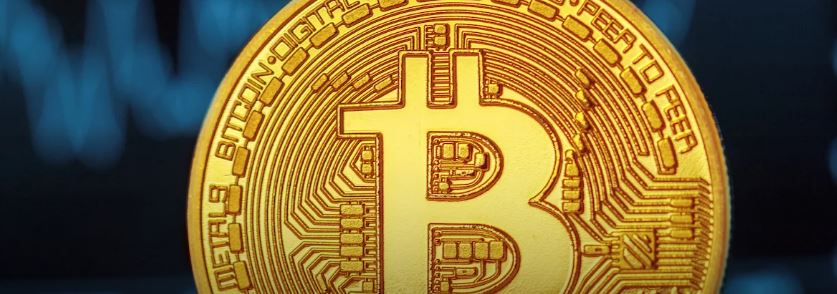Crypto Twitter Thinks the Fed’s $297B Balance Sheet Expansion Is ‘QE’, But It’s Not

According to some observers, the latest expansion in the Fed’s balance sheet is not outrightly stimulative like the one seen following the coronavirus-induced crash of 2020
The U.S. Federal Reserve’s (Fed) balance sheet expanded by $297 billion to $8.63 trillion in the week of March 15, reaching the highest value since November.
The sharp increase has crypto Twitter saying that the world’s most powerful central bank has restarted “quantitative easing” or QE, which involves buying assets like government bonds and mortgage-backed securities to inject liquidity into the financial system. QE initiated after the 2008 crash and following the March 2020 crash expanded the Fed’s balance sheet by trillions and stimulated asset prices, including cryptocurrencies.
However, the recent balance sheet expansion stemmed mainly from banks borrowing short-term loans from the central banks to cope with the crisis of confidence triggered by the collapse of three U.S. banks, including the start-ups focused-Silicon Valley Bank.
“QE is increasing the balance sheet for monetary purposes. This is about financial stability, and all expansion of the balance sheet is not QE,” Marc Chandler, chief market strategist at Bannockburn Global Forex and author of the book “Making Sense of the Dollar” told CoinDesk in an email.

Official data show banks borrowed a record $152.9 billion from the Fed’s discount window. The central bank’s lending facility provides loans to institutions, helping them manage liquidity risks and avoid bank runs.
Banks also borrowed $11.9 billion from the newly created Bank Term Funding Program (BTFP), a liquidity lifeline for banks guaranteeing loans with holdings of U.S. Treasuries. This also is not a free money as borrowing banks must pay interest rates defined by the one-year overnight index swap (OIS) rate plus ten basis points.
Lastly, $142.8 billion were lent to the new bridge banks created by the Federal Deposit Insurance Corporation (FDIC) for the crisis-stricken Silicon Valley Bank and Signature Bank.
In the meantime, the Fed’s holdings of Treasuries and mortgage-backed securities declined by $7 billion and $2 billion, respectively, as part of the central bank’s quantitive tightening (QT) program kicked off in June last year.
All things considered, the net assets on the Fed’s balance sheet increased by $297 billion, undoing months of the central bank’s efforts to shrink its balance sheet. But, that’s not necessarily stimulative like QE.
“The increase in the balance sheet is a temporary reflection of the runs on the various weak banks,” Andy Constan, CEO of Damped Spring Advisors, said in a tweet thread.
Constan added that bank reserves (liquidity) created by the newly launched BTFP program would be stimulative if those receiving the reserves create money for investment or consumption.
“If they keep it at the Fed, it does nothing,” Constan noted.
That said, the record borrowing by banks does signal a fear of liquidity drying up fast, a risk to banking sector stability. That may boost demand for bitcoin, which is now being seen as a hedge against bank runs.
BY: Omkar GodBole
DISCLOSURE
Please note that our privacy policy, terms of use, cookies, and do not sell my personal information has been updated.
The leader in news and information on cryptocurrency, digital assets and the future of money, CoinDesk is a media outlet that strives for the highest journalistic standards and abides by a strict set of editorial policies. CoinDesk is an independent operating subsidiary of Digital Currency Group, which invests in cryptocurrencies and blockchain startups. As part of their compensation, certain CoinDesk employees, including editorial employees, may receive exposure to DCG equity in the form of stock appreciation rights, which vest over a multi-year period. CoinDesk journalists are not allowed to purchase stock outright in DCG.










